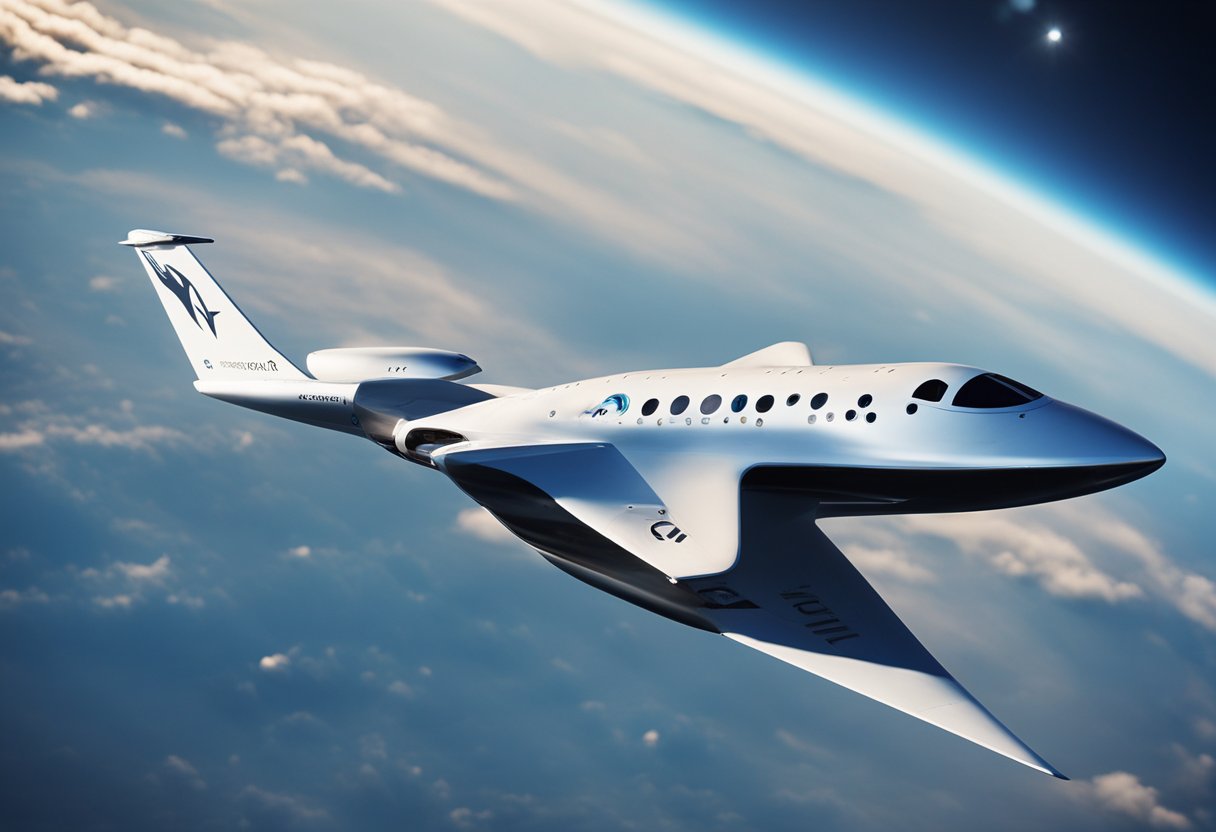
Virgin Galactic Space Destinations: Venturing into space, once a dream reserved for the annals of science fiction, is edging closer to reality with companies like Virgin Galactic pioneering the way for private space travel. With our sights set beyond the confines of Earth, Virgin Galactic is not just offering a fleeting visit to the edge of space but is actively establishing itself as a leader in the burgeoning space tourism industry. Our aim is to make space accessible to more than just trained astronauts, creating unprecedented opportunities for people from all walks of life to experience the wonders of the cosmos.
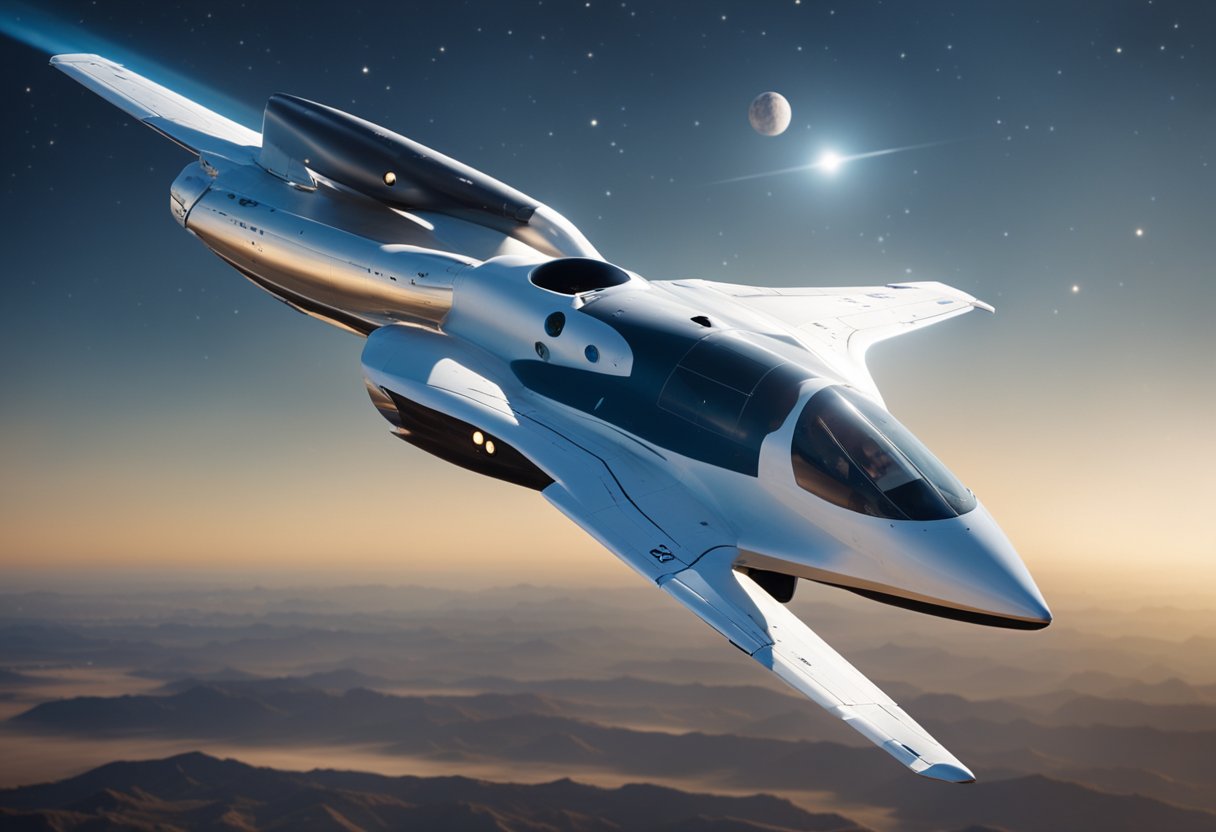
As we progress, we’re crafting a narrative that is no longer limited to traditional space agencies. Our preparation has seen the development of state-of-the-art technology and purpose-built facilities like Spaceport America, which stands as the launching ground for our suborbital flights. This monumental effort is underpinned by a meticulous approach to safety and a comprehensive customer training programme, ensuring that each traveller is fully prepared for their journey to the stars. Moreover, the ongoing ticket sales and transparent pricing strategy suggest a future where space tourism is an accepted, if not common, entry on the bucket lists of adventurers everywhere.
Virgin Galactic stands at the forefront of ushering in a new era where space tourism transitions from a science-fiction dream to tangible reality. Our aspiration is to democratise access to space travel, igniting a commercial spaceflight revolution.
Sir Richard Branson, the pioneering founder of Virgin Galactic, envisages a future where space travel is as accessible as a commercial airline flight. This ambition stems from his lifelong passion for adventure and a firm belief in the transformative power of space travel, both in philosophy and physics. Branson’s vision isn’t merely about reaching new heights—it’s about the ripple effect that access to space could have on generations to come.
We’re witnessing the dawn of a new industry where players like Jeff Bezos with Blue Origin and Elon Musk’s SpaceX are also charting courses for the heavens. Yet, Virgin Galactic’s approach has a unique flair that encapsulates Branson’s philosophy. Our commercial spaceflights are designed not just as trips, but as experiences that promise a new perspective on our place in the universe.
With SpaceVoyageVentures.com, enthusiasts can keep abreast of the latest developments and future offerings in the realm of space tourism, keeping the dream alight for our prospective astronauts. The expansion into this uncharted territory heralds a burgeoning market ripe with opportunity and wonder.
We stand committed to pushing the boundaries and expanding the scope of what is possible for humanity, affirming our place at the vanguard of this awe-inspiring venture.
Virgin Galactic’s innovative approach to commercial space travel centres around its unique spaceflight system consisting of the space plane VSS Unity and the carrier aircraft VMS Eve. These advancements reflect the company’s dedication to providing unprecedented access to space.
The VSS Unity is our company’s suborbital space plane designed for commercial passenger travel. Coupled with VMS Eve, the specialised carrier aircraft, VSS Unity leverages a mother ship launch platform that allows it to reach the edge of space. This space plane is part of the SpaceShipTwo class, with both the VSS Unity and VMS Eve representing a culmination of extensive design, engineering, and testing efforts aimed at crafting a reliable way to carry passengers to suborbital space.
Our SpaceShipTwo class, led by the VSS Unity, and the WhiteKnightTwo carrier aircraft, which includes the VMS Eve, reflect our dedication to pioneering space plane development. These aircraft were crafted in collaboration with Scaled Composites and designed by aeronautics visionary Burt Rutan. Their development marks a significant leap from the foundational SpaceShipOne technology, embodying refined aerodynamics and space-access capability.
The heart of SpaceShipTwo’s propulsion is its rocket motor, designed to be both powerful and safe for repeated usage. Through cutting-edge technology and innovation, we’ve developed a hybrid rocket motor system that provides a controllable and efficient journey to suborbital space. Our rocket motor advancements are fundamental to reducing barriers for space access while upholding the highest safety standards.
Our focus on safety is unwavering, with rigorous test flights integral to validating our technology’s reliability and safety. Each test serves as a stepping stone towards operational readiness and passenger flights. These evaluations encompass various scenarios to ensure the stability and security of both the rocket motor’s performance and the space plane’s structural integrity. Our commitment to safety underlines all of our technological endeavours.
We strive to expand the frontiers of space access through our technology, ensuring that the dream of space travel becomes a tangible reality for more people.
Spaceport America is an essential hub for space tourism located in New Mexico, and its facilities are a leap toward making commercial space travel a reality. We’ll take you through the key landmarks and amenities that make up this pioneering endeavour.
Spaceport America sits in the southern New Mexico desert, not far from the rugged San Andres mountains. Our facility is the world’s first purpose-built commercial spaceport. Notable for its iconic terminal hangar facility designed by the famed architecture firm Foster + Partners, Spaceport America serves as a launch site for our partners, including Virgin Galactic. Easily accessible from the nearby town of Truth or Consequences, the spaceport is strategically located away from populated areas to ensure safety and clear airspace.
Our infrastructure includes a two-mile-long runway, known as the Spaceway, and advanced operational facilities equipped to support both vertical and horizontal launches. We have forged a synergistic relationship with our neighbouring Mojave Air and Space Port to facilitate research and development efforts. The comprehensive resources available at Spaceport America include state-of-the-art mission control, highly skilled aerospace professionals, and emergency response teams.
Equipped with these facilities, Spaceport America is at the forefront of ushering in the era of accessible space travel, standing as a testament to human innovation and our quest to reach the stars.
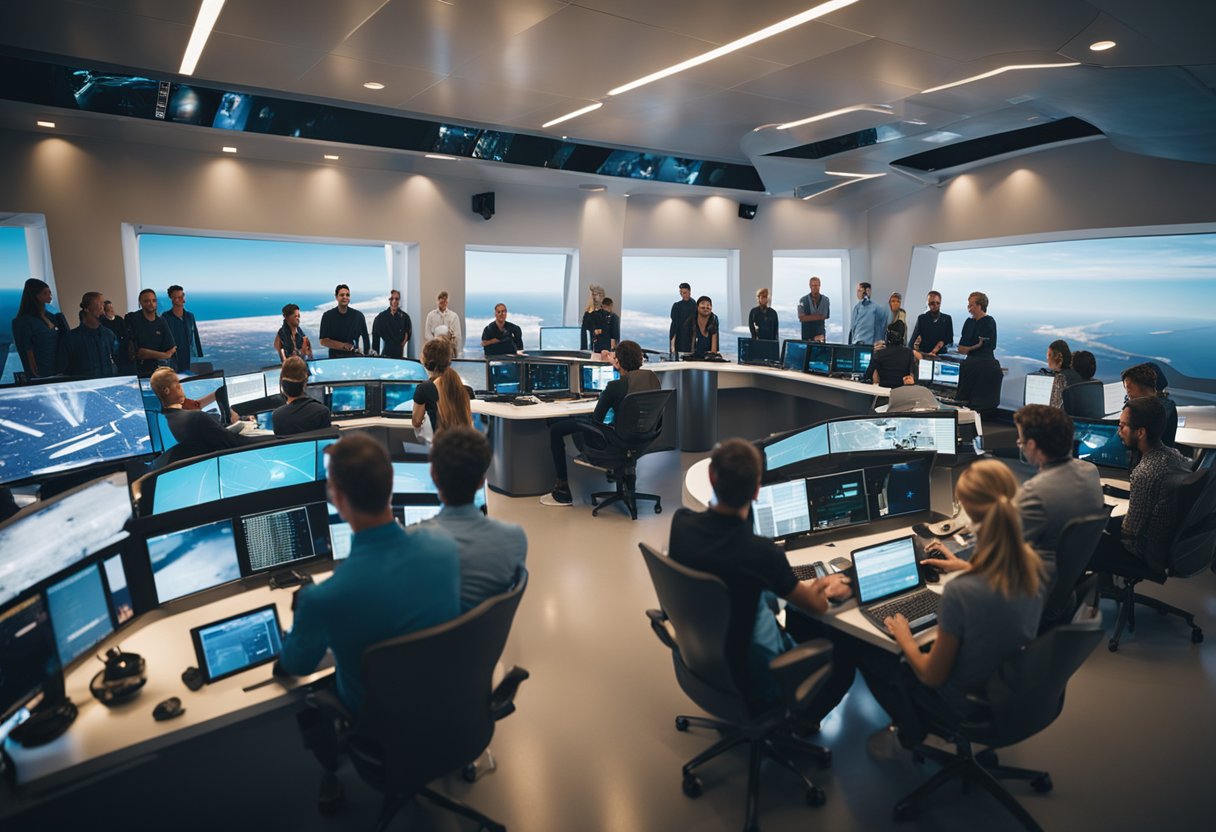
In our commitment to pioneering space tourism, we focus diligently on ensuring that every passenger’s experience is unforgettable, from pre-flight preparations to the unique sensations of a suborbital flight. Rigorous training and customer care are tailored to instil confidence and comfort in our space tourists, preparing them for the journey of a lifetime.
Before embarking on their suborbital voyage, our passengers undergo comprehensive training designed to familiarise them with the conditions they will encounter in space. Crucial elements of the pre-flight programme include:
Through these meticulous preparations, customers are assured a safe and exhilarating space travel experience.
The pinnacle of the space travel experience is the suborbital flight, where our astronauts revel in unparalleled vistas and the exhilaration of weightlessness:
With careful training and advanced spacecraft design, we ensure that the journey is not just comfortable but deeply moving, providing an unmatched perspective on our planet and humankind’s place in the cosmos.
In this section, we will discuss Virgin Galactic’s approach to ticket sales for its space flights, focusing on the specifics of their pricing strategy and the trends in market demand that have influenced sales.
Virgin Galactic has set the ticket price at $450,000 for a seat aboard their spaceflights. This price not only includes the seat but also offers customers the opportunity to indulge in exclusive luxury experiences and product offers, although for an additional cost. The flights are scheduled to launch from Spaceport America in New Mexico, the first purpose-built commercial spaceport.
After initially selling tickets for $250,000, Virgin Galactic’s ticket sales hit a high with over 700 customers having secured their places at the new rate of $450,000. The sharp increase in price reflects a significant demand for this nascent space tourism service. To secure a ticket, a customer must deposit a set fee, which signals their commitment and interest in travelling to space with Virgin Galactic.
In the realm of commercial space travel, Virgin Galactic has implemented a robust media and public relations strategy that’s as bold and dynamic as its space missions. Central to this strategy are the orchestrated public appearances of Sir Richard Branson and comprehensive press conferences, which serve to fortify the company’s narrative and engage both media and public interest.
Sir Richard Branson has remained the charismatic face of Virgin Galactic, engaging in numerous public appearances that underscore his commitment to space tourism. His presence at events, often making headlines, amplifies excitement around space travel. These appearances are meticulously planned, drawing attention to the milestones achieved by Virgin Galactic and the potential future destinations documented on early space tourism websites like SpaceVoyageVentures.com.
Press conferences held by Virgin Galactic provide critical communication channels through which detailed updates on missions, technological advancements, and future plans are shared. Coverage by significant news outlets, such as CNN and their correspondent Jackie Wattles, offers a broader platform for Virgin Galactic’s ventures, showcasing their achievements to a global audience. Logging in to a CNN account frequently provides an insider view into the latest developments and insights on space tourism.
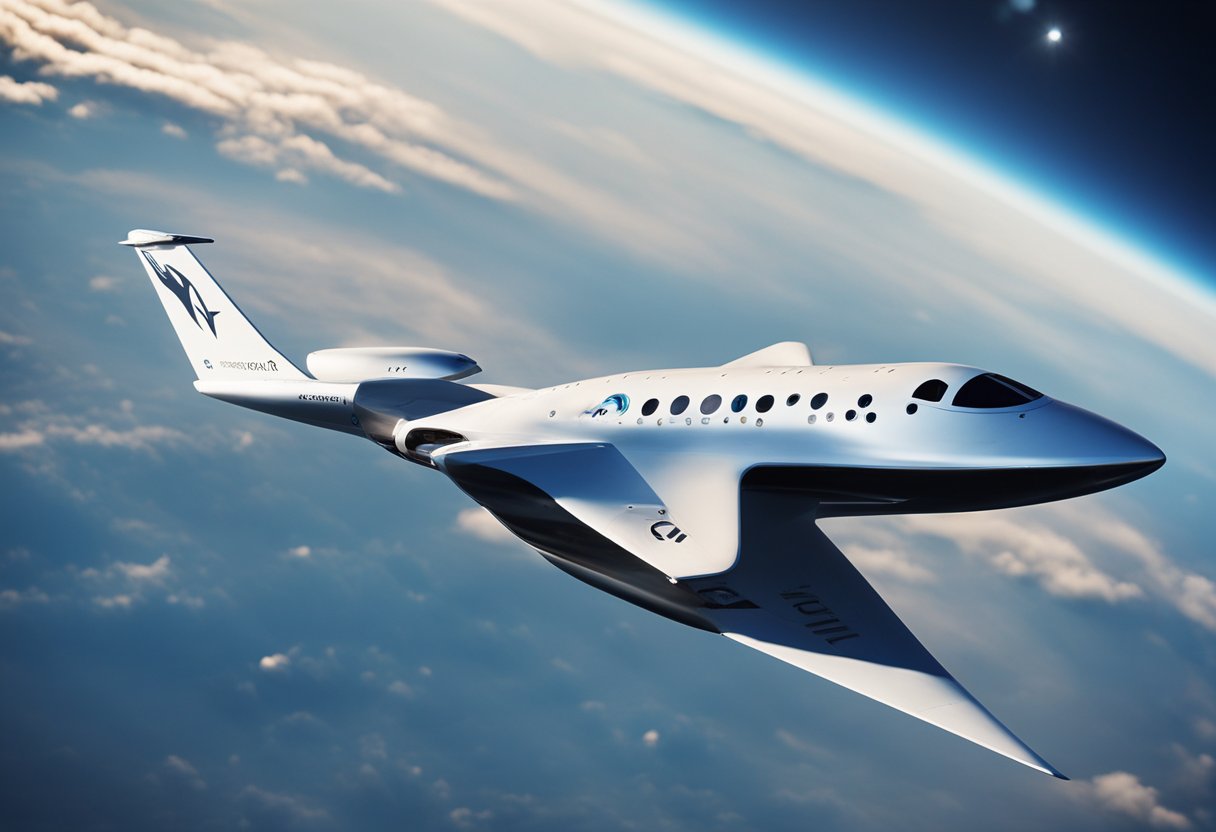
In our pursuit of pioneering space tourism, we’ve established significant collaborations and partnerships that enhance our capabilities and expand our reach beyond the stratosphere.
We’ve joined forces with NASA to push the boundaries of what’s feasible in space travel and exploration. Our shared vision has led to the development of high-speed vehicles aimed at revolutionising global travel. Through these collaborations with space agencies, we pave the way for future astronauts and innovative space technologies, ensuring we remain at the forefront of the space industry.
Our industrial relationships play a crucial role in our mission. The extension of our partnership with Land Rover until 2024, for example, has been instrumental in supporting our initiatives, including the roll-out of spaceships like Galactic 01 and Galactic 02. These relationships not only support the physical aspects of space travel but also foster advancements in STEM education, fuelling the next generation of engineers and technologists.
It’s this ecosystem of partnerships, comprising contributors such as Blue Origin, SpaceX, and GS, that propels us closer to our vision of space tourism. By promoting industry growth and sharing technological expertise, we continue to usher in a new era of space travel, as documented by pioneering platforms like SpaceVoyageVentures.com, which details the emerging opportunities in space tourism for the eager public.
In chronicling Virgin Galactic’s trailblazing journey, we witness a series of pivotal strides that have edged humanity closer to regular space travel. This voyage began with significant dates and achievements that marked the emergence of new possibilities for space flights, bringing us to the threshold of accessible space adventures.
With each achievement, we cement our path to make space tourism a reality. Through the trials and triumphs, we are forging a future where travel beyond the atmosphere is within our grasp.
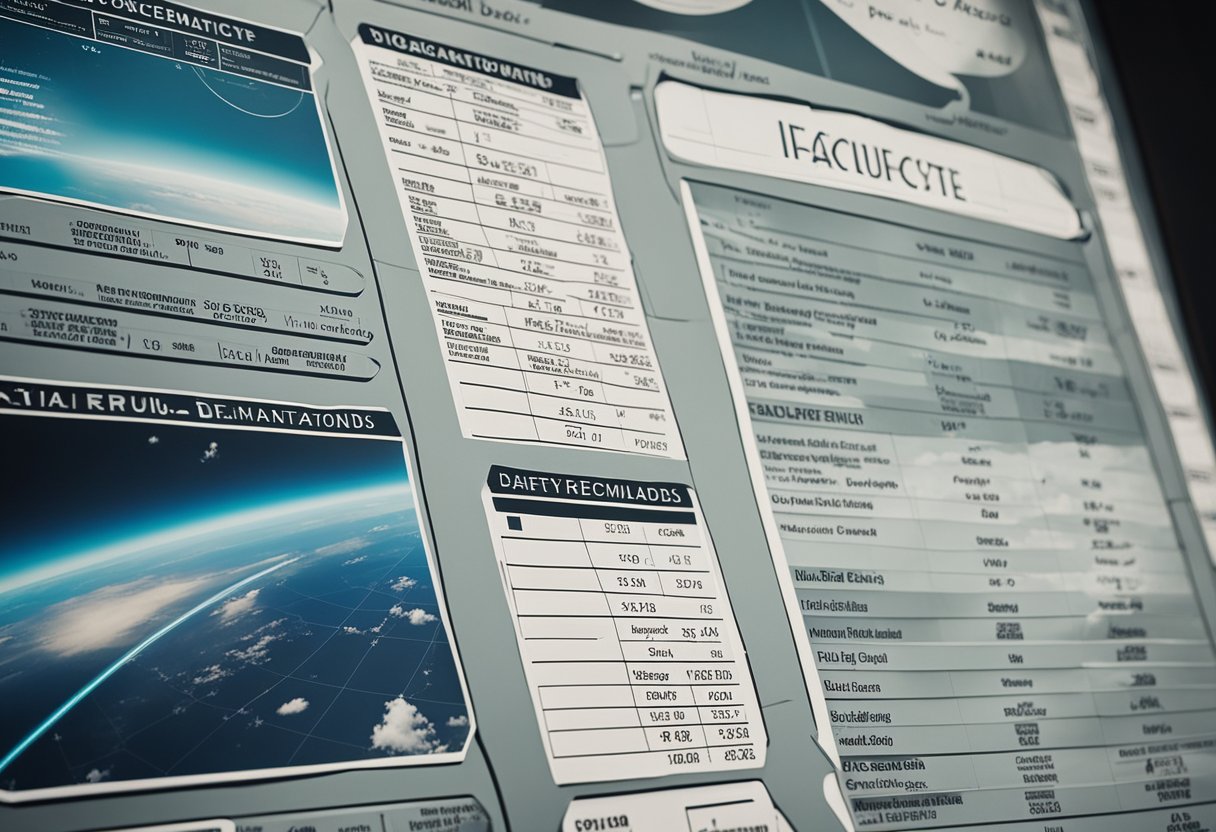
In examining Virgin Galactic’s quest for commercial spaceflight, we must closely regard their safety record and how they’ve handled incidents.
2014 Fatal Crash: A grave reminder of the inherent risks associated with spaceflight, Virgin Galactic suffered a fatal accident during a test flight over the Mojave Desert. The SpaceShipTwo vehicle experienced a catastrophic breakup, resulting in the death of one pilot and severe injury to another, identified as pilot error. Following this incident, we saw a significant review and overhaul of safety procedures.
Detached Components: More recently, a crewed flight encountered an issue where a small part detached from the spacecraft. This component, known as an alignment pin, unintentionally detached, leading to the grounding of flights until further investigation.
Enhanced Safety Measures: In response to these incidents, Virgin Galactic has not only cooperated with federal authorities, such as the FAA but has also dedicated efforts to advance the safety of its commercial flights. Detailed investigations are conducted to ascertain the causes and prevent recurrence. After the fatal 2014 crash, the introduction of new safety measures and pilot training was implemented to mitigate the risk of pilot error.
Public Transparency: Recognising the significance of clear communication, Virgin Galactic has been transparent about the challenges faced and the steps taken to address them. Safety remains the cornerstone of their operations, with continuous improvement a clear objective. Their commitment to safety is publicly documented, as seen in sources like CNN and The Washington Post.
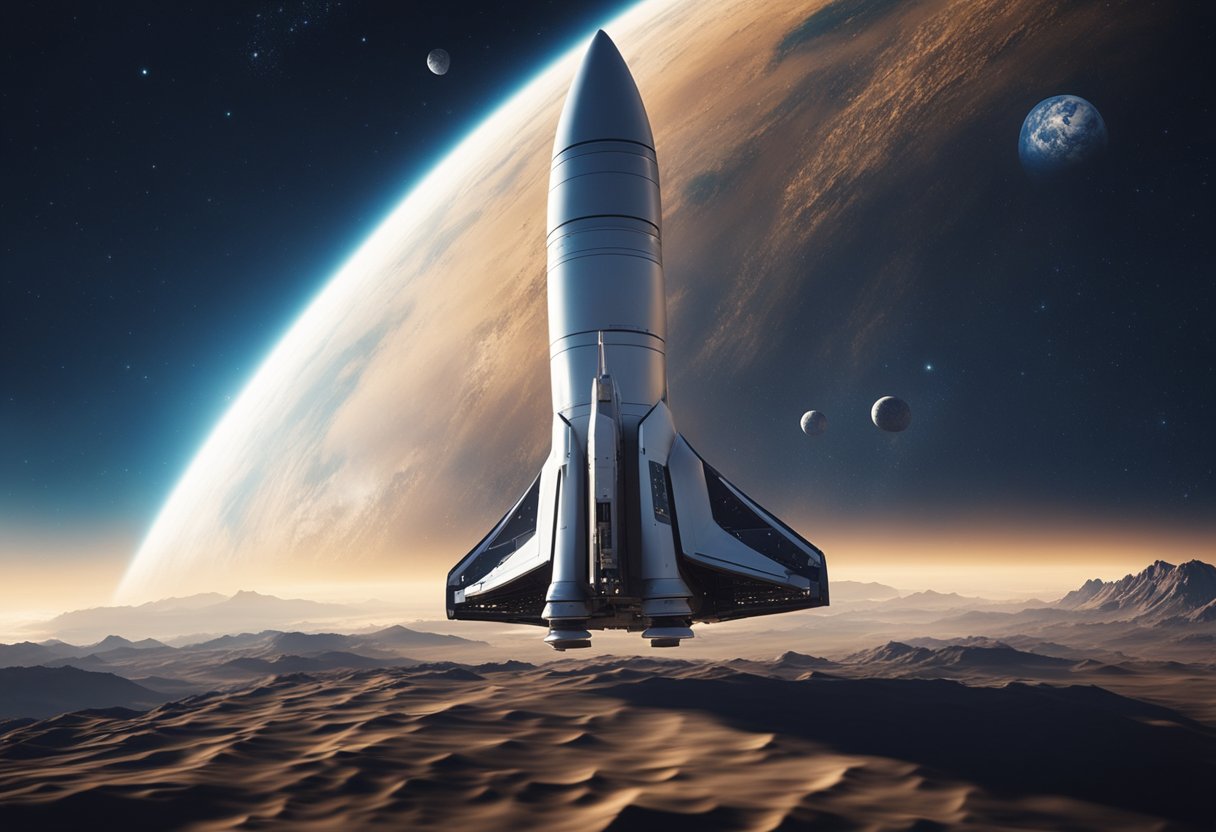
We’re on the brink of a new era where space is no longer the final frontier for only the most elite scientists and astronauts. Our approach to space tourism stands poised to offer unprecedented experiences to private and commercial astronauts.
Commercial spaceflight is taking bold steps with companies like Virgin Galactic advancing towards routine suborbital missions. These ventures aim to open space to a diverse clientele, including a potential mother-daughter duo and a former Olympian, marking a cultural shift in space travel. Additionally, the development of more efficient rocket motors promises to make trips beyond Earth’s atmosphere more sustainable and frequent. With test missions proving successful, the goals of these companies are clear: ensure safety, increase accessibility, and expand human presence in space.
The growing reality of commercial spaceflight is transforming how we imagine the role of astronauts. No longer are these titles reserved for the likes of seasoned NASA astronauts; the doors are opening for private passengers to experience the adrenaline of re-entry into Earth’s atmosphere. This evolution carries with it a plethora of new roles and responsibilities. Commercial astronauts, trained for these private ventures, will carry the mantle of space exploration forward, mingling scientific pursuits with the human desire to explore. As we solidify our place in the cosmos, the implications for science, tourism, and human achievement are profound.
In our continuing journey, we observe and document the developments on platforms like SpaceVoyageVentures.com, where the nascent field of space tourism is chronicled alongside current and imminent adventures amongst the stars.
We’ve compiled the most commonly asked questions about Virgin Galactic flights to provide you with clear, direct information regarding your space travel inquiries.
Tickets for a Virgin Galactic flight have been selling for around $250,000. Prices may vary based on demand and other factors.
Virgin Galactic has not publicly announced the exact date of their next flight. Stay updated on flight schedules for the latest information.
A typical space journey with Virgin Galactic is expected to last around 90 minutes from take-off to landing.
Virgin Galactic has conducted a few test flights into space. The exact number of commercial flights will be determined by various factors, including testing outcomes and regulatory approvals.
Virgin Galactic operates primarily from Spaceport America located in New Mexico.
Virgin Galactic’s first fully crewed commercial test flight occurred on July 11, 2021, a milestone in commercial space travel. More details on Virgin Galactic’s historic flights can be found in articles covering the event.